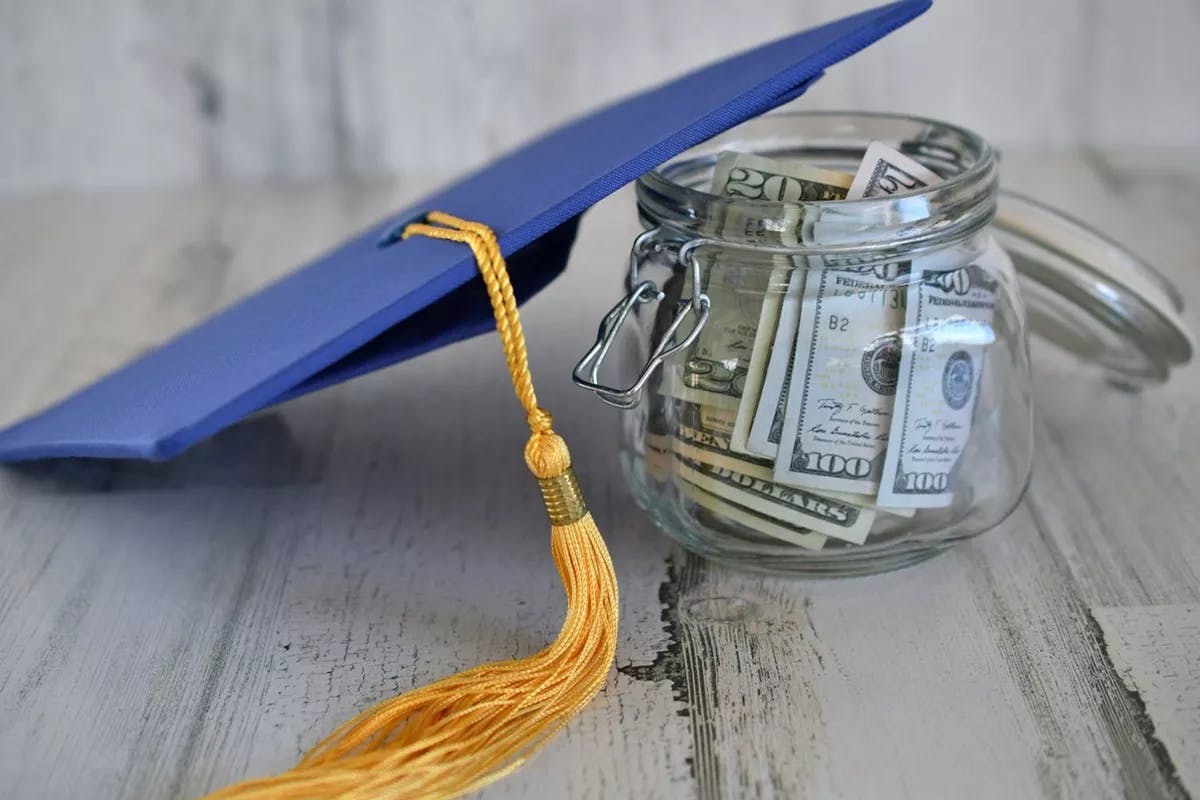A recent report from the Federal Reserve Bank of New York’s Center for Microeconomic Data shows that the national credit card debt decreased $76 billion after the initial COVID-19 outbreak, the steepest decline in credit card balances since this data started to be collected in 1999. Later in 2020, there was another $10 billion decrease. The center reports that the decline can be attributed to less overall consumer spending and more consumers paying down their existing debt. Experian, a top consumer credit reporting company, thinks student loan forbearance is partially to thank for the latter.
Student loan forbearance first took effect in the early days of the pandemic. It placed a temporary hold on interest accruing on federal student loans, and it allowed borrowers to forgo monthly payments. This freed up their funds for other necessary expenses, such as rent, utilities, and even credit card payments.
After taking office, President Joe Biden extended the hold until at least September 30, 2021. This was a welcome relief, but many are left wondering whether the president will push forward with his plan to cancel at least $10,000 in student loans, which he proposed on the campaign trail.
While student loan forbearance is not solely responsible for the downtick in credit card debt, it likely helped quite a bit — and permanent student loan cancellation could have an even more profound effect.
The Connection Between Credit Card Debt and Student Loan Cancellation
According to a recent CreditCard.com poll, nearly half of the U.S. population, 120 million people, have credit card debt. Cushion data shows that the average monthly payment is $1,240.64. Cushion data also shows that people charge an average of $1,602.72 to their credit cards each month, which means they’re carrying over a balance of several hundred dollars.
Alternatively, 45.5 million people have federal student loan debt, according to EducationData.org, and the average monthly payment is $393.
Not everyone who has credit card debt has student loan debt and vice versa; EducationData.org reports that 23% of borrowers with outstanding educational debt also have a credit card balance.
The effects of these debts become more clear when taking income into account. Higher income individuals disproportionately have both more student loan debt and credit card debt, but that doesn’t mean there aren’t lower and middle income individuals who have both.
The fact of the matter is that higher income individuals have a better debt-to-income ratio, meaning that a smaller percentage of their monthly income goes toward their debts. In other words, lower and middle income individuals who have both student loan debt and credit card debt have more trouble paying them off.
For the 63% of people who have reported living paycheck to paycheck since the start of the pandemic, cancelling student loans could enable them to reallocate that money to credit card debt and other debts, inching them closer to financial freedom.
How to Cut Down Credit Card Debt
There’s no guarantee that student loans will be canceled, and if they are, there’s still the question of how much would be canceled and who it would apply to. With so much still up in the air, people should take this time to assess their options when it comes to paying off their debts.
First, you should remember that we are still in a pandemic, and if you don’t have the means to pay off your debt right now, that’s okay. Keeping the lights on and keeping food on the table should be your top priority.
However, if you do have a little wiggle room with your finances, there are a couple things you can do now to chip away at your credit card debt while student loans are in forbearance, things that you’ll thank yourself for whether student loans get canceled or not.
Ask your credit card issuer for a lower interest rate
While this won’t immediately reduce your credit card balance, your balance will grow at a slower rate. Your issuer is more likely to lower your interest rate if you have a positive payment and credit history. But amidst this prolonged pandemic, they might be a little more willing to accommodate your request, so if you’re struggling financially don’t hesitate to use that as part of your argument. If the customer service representative won’t reduce your rate permanently, ask for a temporary reduction or try again in a couple of months.
Consider a balance transfer
Transferring a credit card balance can be beneficial if you want to take advantage of a lower or 0% APR to pay off your debt quicker. There are also negative consequences associated with balance transfers, though, so do your research before making a decision. For instance, there is usually a fee associated with transferring a balance, the lower or 0% APR probably only lasts a certain amount of time, and a balance transfer can temporarily reduce your credit score.
Make more than one monthly payment
Making more than one payment on your credit card per month helps eliminate your debt faster, but it has some other hidden benefits. Most notably, it reduces the amount of interest that you pay overall, it helps raise your credit score by freeing up credit utilization, and it can help you budget more effectively.



